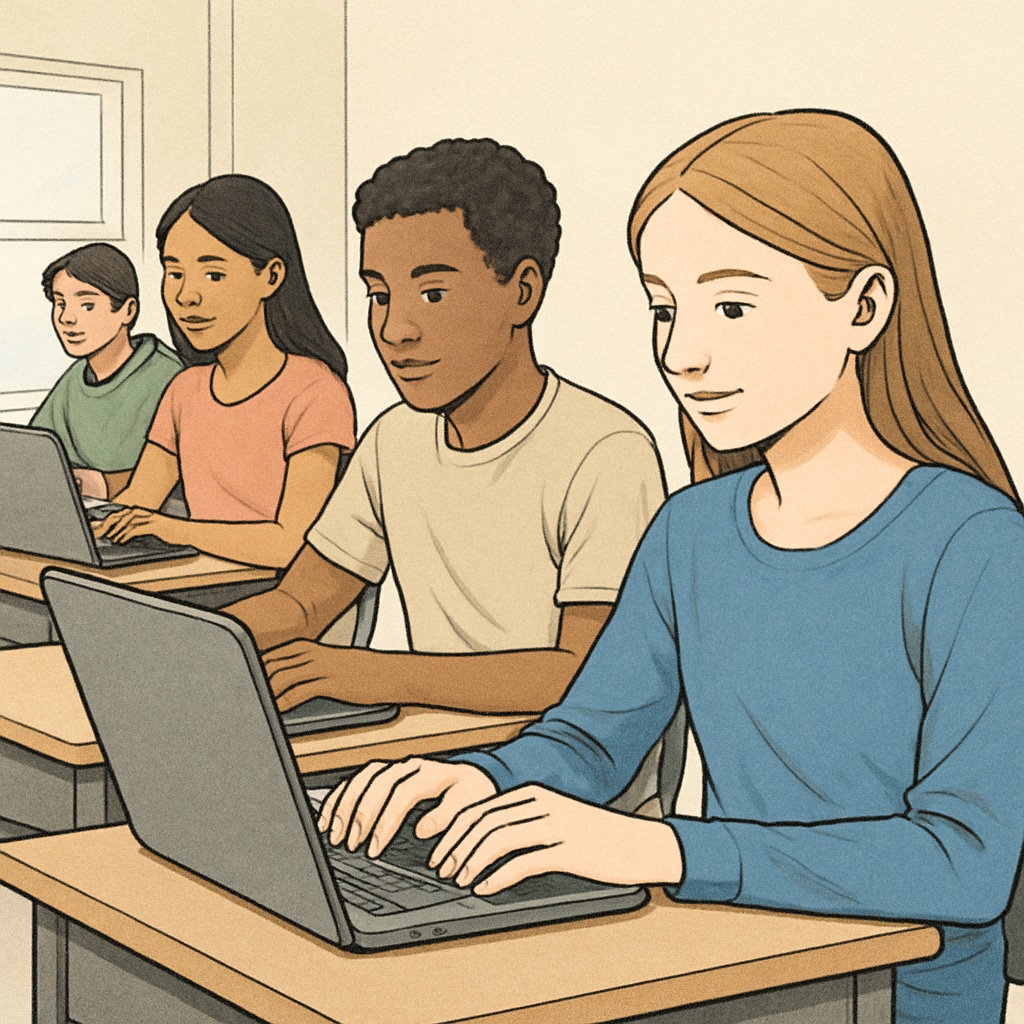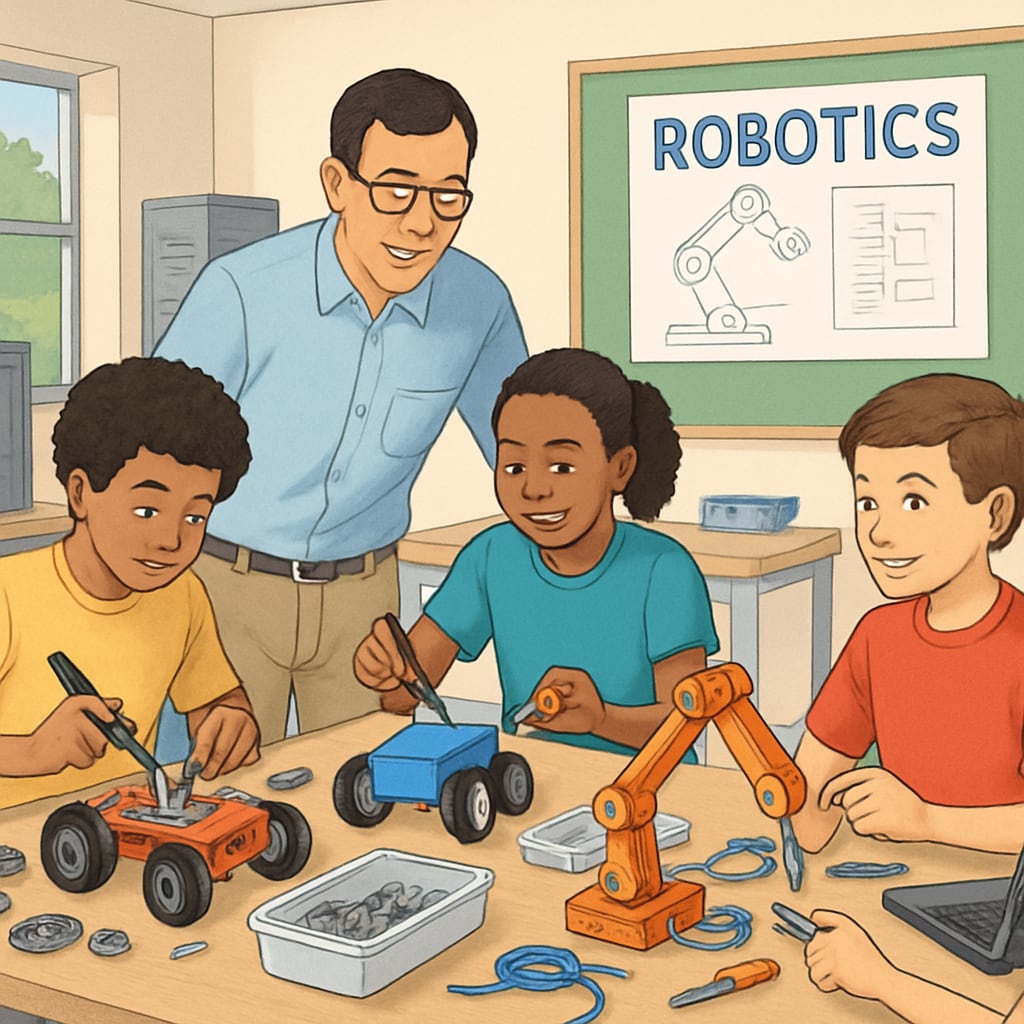As high school students approach their final year, finding effective external learning resources becomes essential. Supplementing traditional classroom education with external options can help students gain a competitive edge, deepen their understanding of subjects, and explore future career paths. This guide outlines various educational courses, external learning opportunities, and resources to empower students in their academic journey.

Online Learning Platforms: A Gateway to Global Knowledge
Online learning platforms have revolutionized access to education, offering a wide range of topics and courses for high school students. Platforms like Khan Academy and Coursera provide free and paid courses in subjects ranging from mathematics and science to arts and humanities. These platforms often include interactive elements such as quizzes, video lectures, and forums, enabling students to learn at their own pace.
For example, students interested in coding can explore courses on Codecademy, while those preparing for standardized tests can benefit from resources on edX. Online platforms also frequently collaborate with universities, giving students a taste of college-level coursework.
Community Programs: Hands-On Learning and Networking
Local community organizations are excellent sources for hands-on learning experiences. Many libraries and community centers offer workshops, tutoring sessions, and even clubs dedicated to interests such as robotics, debate, or creative writing. These programs not only help students build practical skills but also provide opportunities to network with peers and mentors.
Additionally, volunteering programs can serve as a dual-purpose activity: contributing to the community while developing leadership and organizational skills. Students can check with local non-profits, schools, or government offices for opportunities to participate in meaningful projects.

Pre-College Courses: A Head Start on Higher Education
Pre-college courses offered by universities allow high school students to experience rigorous academic environments before officially enrolling in college. Programs like those from Harvard Summer School or Notre Dame Pre-College Programs provide exposure to college-level expectations, helping students adapt to future challenges.
These courses often cover specialized topics not typically included in high school curricula, such as philosophy, biochemistry, or international relations. Moreover, completing pre-college courses can enhance a student’s college application by demonstrating initiative and academic ambition.
Maximizing the Benefits of External Learning Resources
To make the most of these external resources, students should first identify their academic goals and areas for improvement. Creating a balanced schedule is also essential to avoid burnout, especially when combining external learning with traditional school responsibilities.
Here are some tips to get started:
- Set clear, measurable objectives for each resource you choose.
- Allocate specific time slots each week for external learning activities.
- Seek feedback from mentors, teachers, or peers to track your progress.
- Don’t hesitate to explore different kinds of resources to find what works best for you.
By leveraging these external learning opportunities, high school students can broaden their horizons, enhance their skills, and build a strong foundation for their academic and professional futures.
Readability guidance: Short paragraphs, clear transitions, and examples make the content engaging. Lists simplify complex ideas, and external links provide additional depth.


